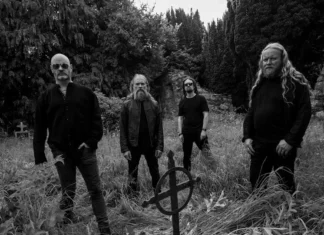Saving for your pension sounds simple enough, you’re either putting money safely away in a savings account, or investing it in a pension fund.
It’s never too early to start a pension, and the longer you’re paying into a pension plan, the bigger your final pot will be, or with smaller monthly contributions needed to get the same payout in the end.
But depending on how far off you are from retirement, there can be a lot of factors to consider when planning how much you will need for your retirement.
There’s no clear cut answer for that question, as it can vary wildly depending on things such as when you first start asking it of yourself, your job, and more.
When you start saving, the age you want to retire at, the quality of life you enjoy, all of these and more need to be taken into consideration.
Also factoring into the equation is that, if you’re planning many years into the future, a euro when you do retire won’t have the same spending power as now.
Inflation, and the effect it will have over the years must also play into any monthly contributions to a pension fund.
All of this can be a lot to take into consideration when you’re asking yourself, ‘How much do I need to save to have x amount in the bank when I retire?’.
This is especially true if you’re starting to save at a younger age, when you might not be overly familiar with longer term personal finances.
A good step for anyone setting up a pension would be to consult a financial advisor before making a decision on deciding what sort of pension fund or options you’d like to invest in.
But you can use tools like a new pension calculator to get a of what sort of monthly contributions you’d have to be making in order to achieve your desired income in retirement.
This can simply things by doing the sums for you on inflation rates, what return your pension fund delivers, and other costs.
However, such calculations are just an estimate, and shouldn’t be taken as a substitute for getting professional advice.
For those looking for an early retirement, the earliest most private pensions can be drawn down is at 50.
With people living longer and longer, it’s worth thinking about whether your monthly payments into a pension fund can give your desired income, stretched out over a longer period than the generation before you needed.
Other income factors
When looking at how much to put into a private pension fund, you should also take into account any other sources of income that you’ll have available in your retirement.
These could include personal savings, or the state pension if you have sufficient PRSI contributions, or assets such as property.
The state pension is only available from the age of 66, while private pensions can generally be accessed as early as 50 years old, so if you’re planning on topping up one with the other, that gap of more than a decade and a half is something to keep in mind.
Assets such as property may also increase or decrease in value, but generally tend to rise over the long term outside of slumps and recessions.
These are just someone the things to think about when saving for your retirement. The only guaranteed rule is that the sooner you start saving, the better.













